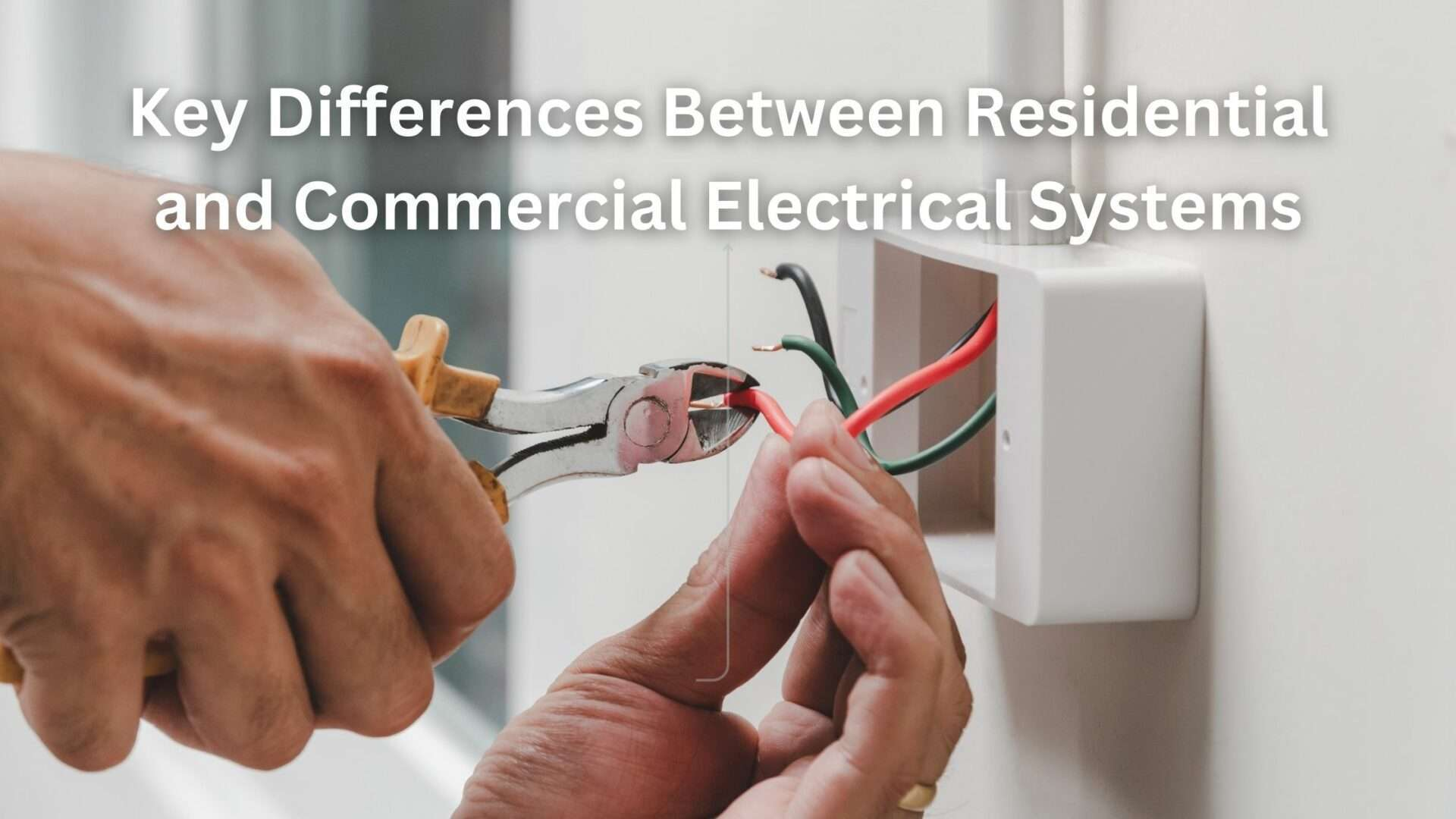A network has an invisible backbone called cabling. At home or in the office, a quality and reliable Ethernet cable infrastructure ensures strong connectivity for internet, streaming, security, and communication. However, not every network is constructed alike. The purpose of residential and commercial cabling is different, the standards are different, and the demands are different.
Knowing these differences allows you to select the appropriate solution for your space and makes your network operate without hitching.
Understanding Residential Cabling
Residential cabling is a system that is made to serve houses where the network traffic is moderate. Streaming, gaming, browsing, and smart device connection are some of the activities that most households are using the internet to perform.
The standard home networks are Cat5e or Cat6 Ethernet cables. They offer sufficient speed to stream in high definition, video conferencing, and online gaming. The less rigid requirements are due to the fact that homes typically have fewer connected devices and shorter cable runs.
It is also easier to install in residential premises. The cables are normally installed within walls or in the attics and the maintenance requirements are few. My personal experience of installing home networks tells me that properly installed Cat6 cable can easily last long years without any problems to serve the needs of a family.
Understanding Commercial Cabling
Commercial cabling is specifically developed to suit businesses in which the network is mission-critical. The offices, data centers, hospitals, and retail facilities have considerable traffic with several users and devices that work simultaneously.
In contrast to home networks, commercial systems need high-performance cabling like Cat6, Cat6a or fiber optic cable to support faster speeds and greater bandwidth. These environments are standardized with the use of structured cabling systems. They group cables in patch panels, racks and labeled outlets so that they are easily maintained and scaled.
In some office upgrades that I have been part of, the structured cabling allowed the workstations to be expanded without any downtime which would have never been possible with a simple home-style system. There are also tighter safety codes in commercial cabling. An example is that plenum-rated cables are almost always necessary in offices with drop ceilings and air-handling spaces to minimize the fire hazard.
Key Differences Between Residential and Commercial Cabling
Here’s a clear breakdown of how these two cabling types differ:
Network Demand
Homes have fewer devices and moderate traffic, while offices handle heavy data flow and multiple users.
Cable Types
Residential setups often use Cat5e or Cat6; commercial setups rely on Cat6a or fiber optics.
Design Approach
Home networks are simple point-to-point; commercial networks use structured cabling for organization and scalability.
Safety Standards
Commercial cabling follows strict fire and building codes; residential networks face fewer regulatory requirements.
Maintenance Needs
Offices need frequent monitoring and upgrades; homes rarely need complex maintenance.
Understanding these differences ensures you choose the right infrastructure for each environment.
Why Choosing the Right Cabling Matters
The wrong type of cabling installed may cause serious problems in the long-term. Using residential cables in a commercial setup may lead to slow speeds, frequent outages and non-compliance. Conversely, you may over specify your home network with commercial grade cabling and end up spending more money than you need to. I have witnessed companies spend thousands of dollars replacing the wrong kind of cable just because the original installation did not take into account future expansion and compliance requirements.
The correct cabling is reliable, safe and performs well. Future proofing with structured cabling that is capable of supporting new technologies without significant rewiring is also beneficial to businesses.
When to Upgrade
If your office or home is prone to connectivity problems, low speeds, or not able to maintain the latest devices, then perhaps it is time to consider an upgrade. Commercial spaces especially need to plan for growth. Adding more employees, devices, or cloud-based applications will quickly overwhelm outdated infrastructure.
Professional evaluation and installation make sure that your network is up to date and ready to grow in the future.
Conclusion
Residential and commercial cabling can appear to be the same on the surface, but the purpose, design and performance requirements are quite different. Residential buildings require basic, effective cabling that would support moderate use, whereas business premises require strong, structured systems that can support high traffic and that are safe.
Selecting the most appropriate cabling will guarantee easy connectivity, minimize the total cost in the long run and keep your network future proof. Whether at home or in an office, these differences will enable you to establish a solid ground to all your digital demands.
Read More Gorod








